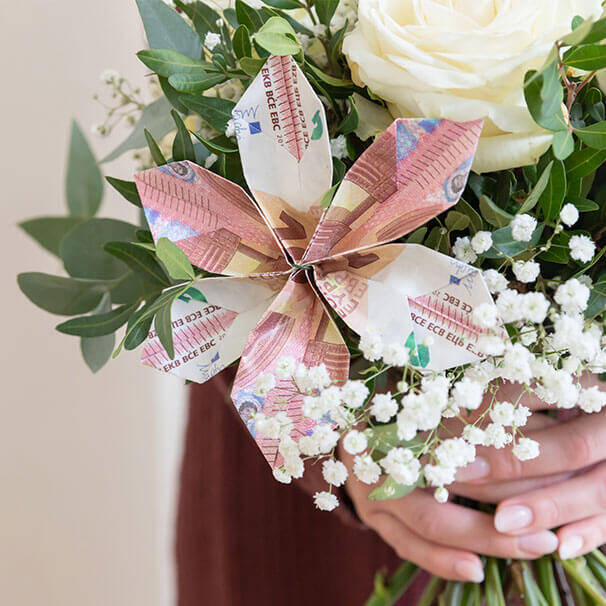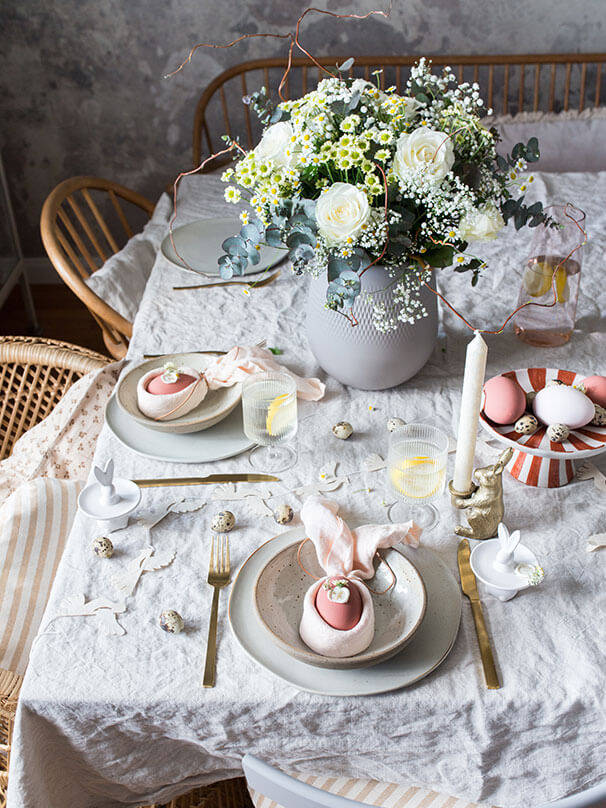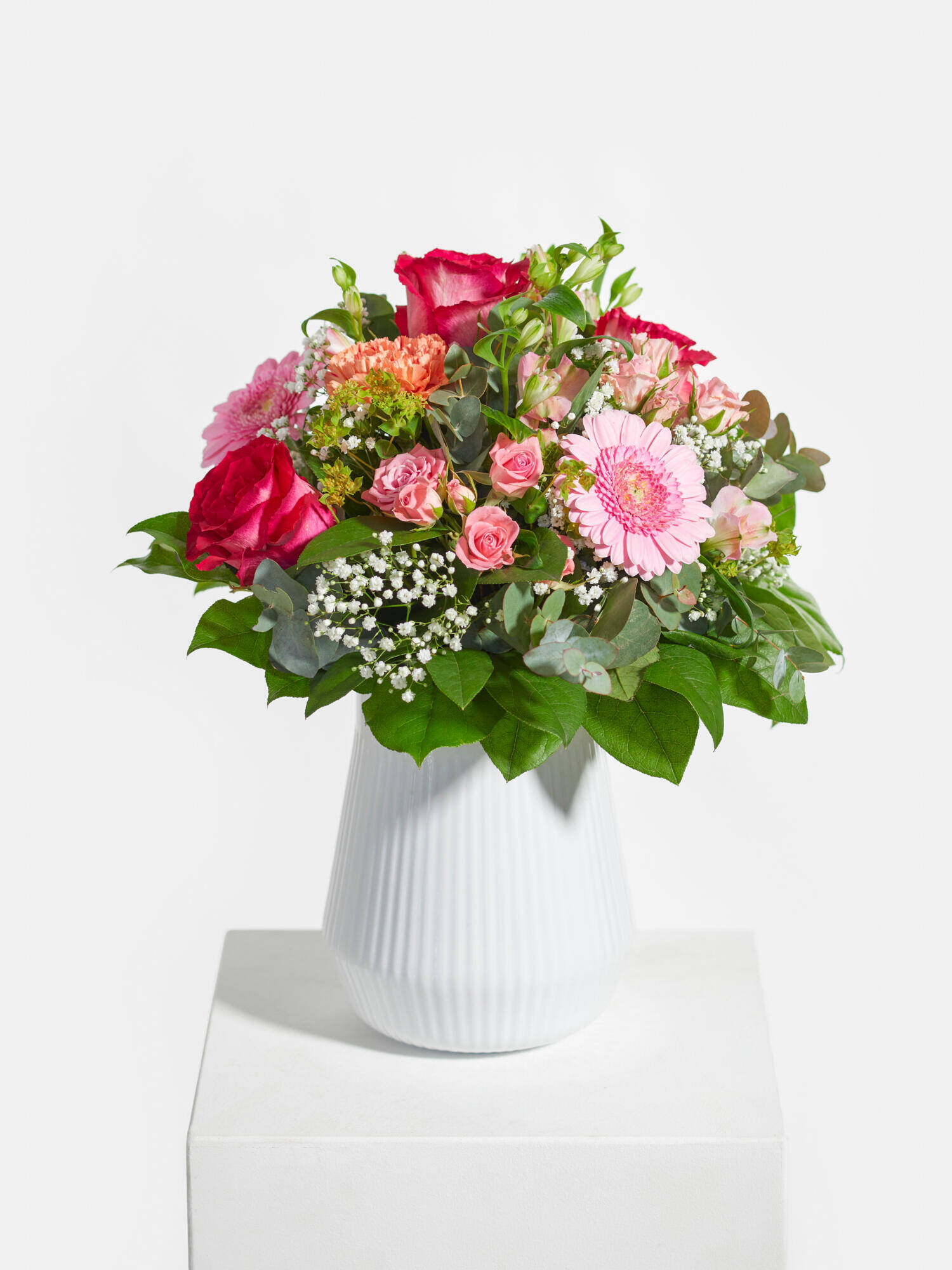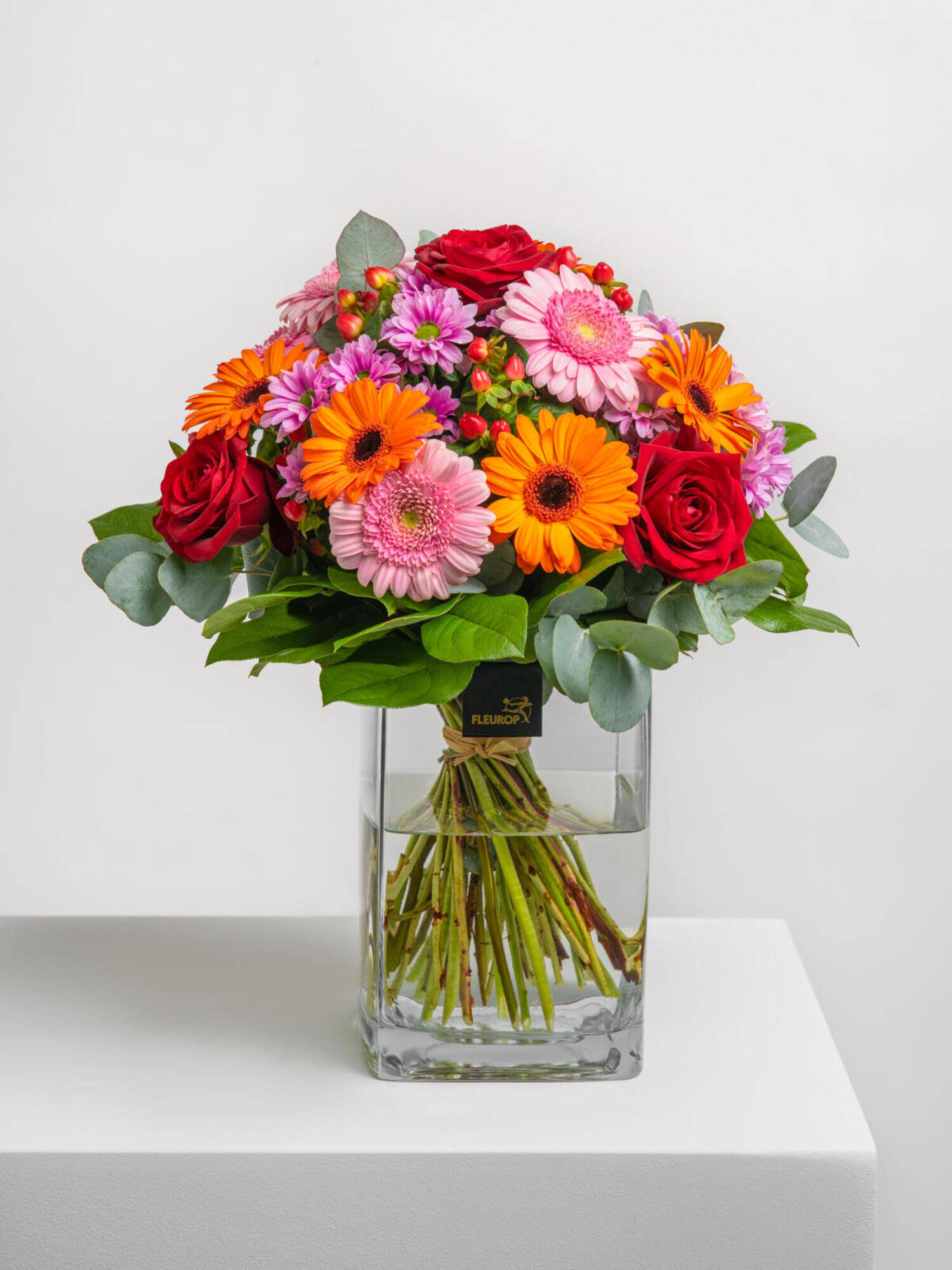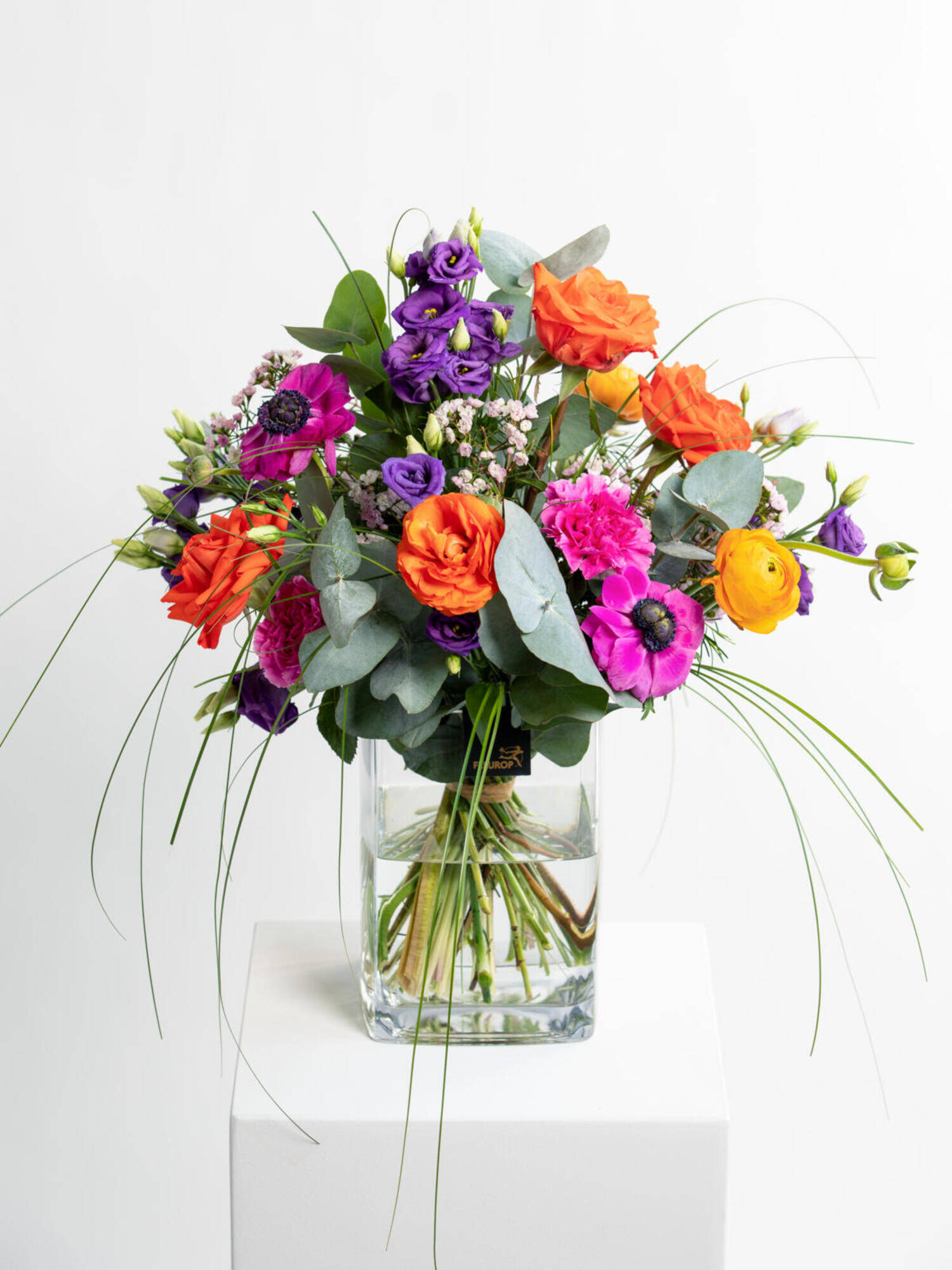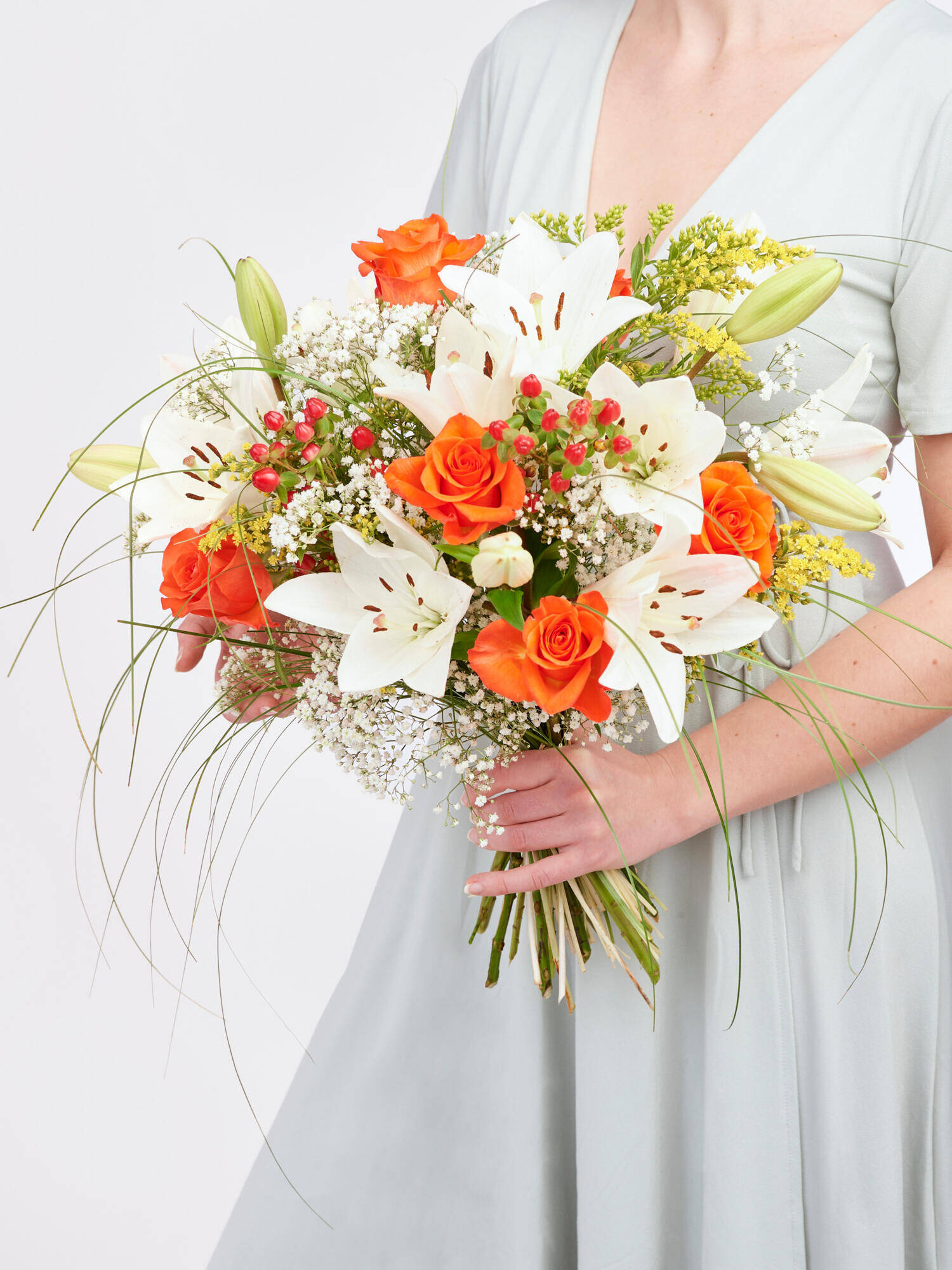Roses
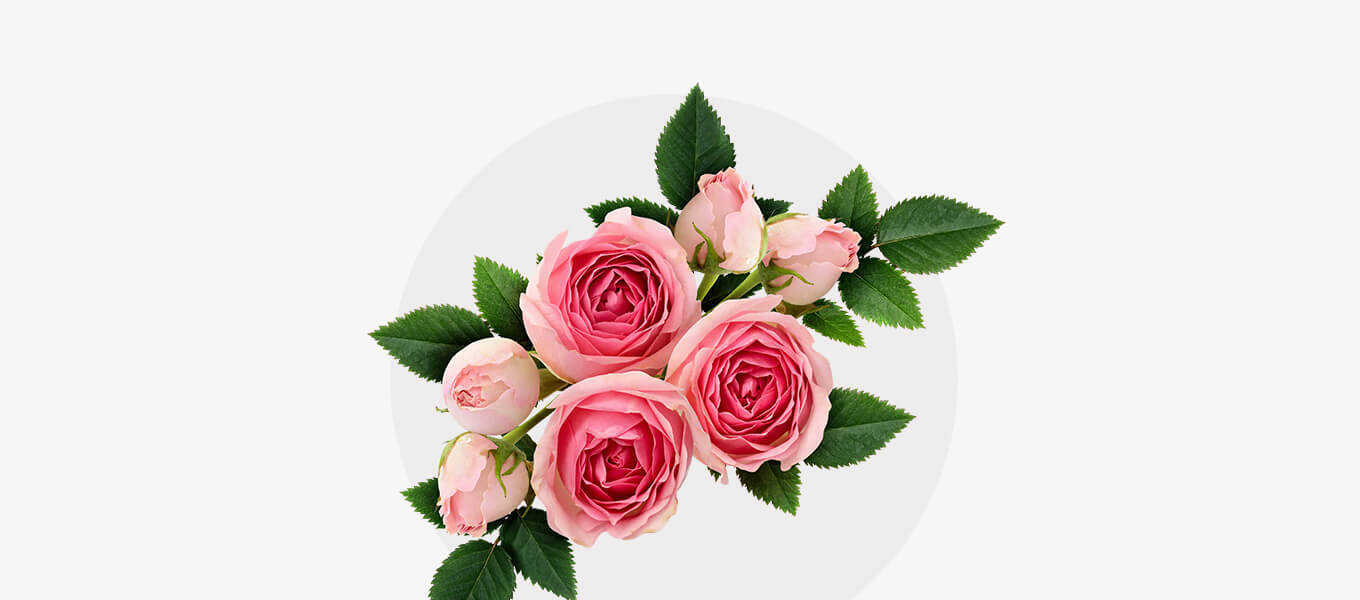
As the "queen of flowers", it has been the centre of attention since ancient times due to its beauty, fragrance and symbolic power. Whether in the garden, on the patio or on the balcony - for many, the rose is a must-have in flower beds, containers and tubs. Although it can behave like a diva, if the location and choice of variety are right, it grows easily and reveals its unique beauty. The rose (botanically: Rosa and thus the eponymous genus of the Rosaceae family) is certainly one of the winners of climate change and is very popular as a bee pasture.
Below you will find lots of tips and find out everything you need to know about the rose when planting it in the garden or enjoying its beauty as a flower in a vase.
The meaning of the rose
In general, roses symbolise love, affection, beauty, passion and gratitude. However, they can also have other meanings depending on their colour and context. Here are some specific meanings associated with roses:
- Red roses symbolise romantic love and passion.
- White roses symbolise innocence, purity, honesty and respect.
- Yellow roses symbolise friendship, joy and solidarity.
- Pink roses symbolise affection, admiration and love.
- Orange roses symbolise enthusiasm, energy and passion.
- Lavender or purple roses symbolise grace, elegance and enchantment.
- Black roses (which are actually dark red roses) are usually associated with death, parting and mourning.
Types of roses
There is a large selection of roses and, apart from a pure blue, no colour wish remains unfulfilled in the range, not to mention flower shapes and sizes. Depending on the source, between 3,500 and 4,800 species are listed from 100 to 160 genera and up to 30,000 varieties. There are wild roses, bedding roses, shrub roses, small-shrub roses, fine roses, ground cover roses, dwarf roses, historic roses, climbing roses and rambler roses. A distinction is also made between single-flowering in early summer and repeat-flowering (until October, sometimes even until frost).
A seal of approval testifies to quality: under the term "ADR" roses (Recognised German Rose), new varieties are tested for three years without spraying and winter protection in eleven test gardens distributed throughout Germany and assessed by independent inspectors. The result of the General German Rose Test is regarded as the toughest new rose test in the world.
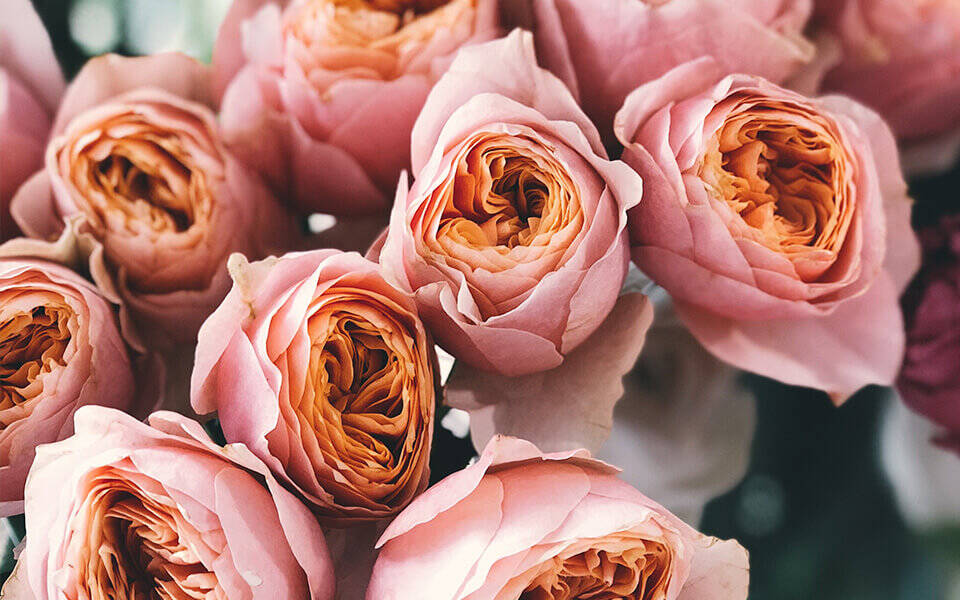
Even before there were written records of the rose, it was discovered in fossils. This suggests that roses first appeared in Central Asia. Rose petals can already be seen on 35 million year old fossilised imprints. From 3,000 BC, reports of the rose were found in various cultures, for example in China. However, the Chinese rose (Rosa chinensis) only reached the western world in the 18th century with the seafarers. The natural habitat of roses extends from China via the Middle East to Europe. One of the oldest depictions is a fresco in the palace of Knossos on Crete.
The Romans also used roses for ritual purposes, as perfume or as medicine. Fragrant species were a luxury and were used for decoration. Finds of rose hips prove that wild roses native to Central Europe were cultivated by the Celts and Germanic tribes primarily as a medicinal plant (Apothekerrose, Rosa gallica 'Officinalis'). In his decree on landed estates, Charlemagne emphasised that "the leaves and rose hips of the rose should be used as a remedy" and that an appropriate supply should always be kept in stock. The red rose hips with their sweet and sour flavour were used to strengthen the body's defences thanks to their high vitamin C content.
Rose symbols can be found in religious art and were used to symbolise political power, for example in the English Wars of the Roses in the 15th century. While Damask, Gallica, Alba and Provence roses were planted by Western gardeners, a new era in rose cultivation began at the end of the 18th century with the Chinese rose (Rosa chinensis). Rose breeders crossed characteristics such as repeat-flowering and yellow-flowering into their native wild roses. Since then, new varieties have been created in rose breeding, leading to an almost infinite variety in the range.
Appearance and flowering time
Roses are deciduous shrubs that grow upright - between a few centimetres for dwarf roses and several metres for climbing roses. Their deciduous leaves are five-pinnate and pinnate. The branches have spines. The flowers are available in all colours, shapes and sizes apart from a pure blue, and grow as single flowers or smaller in clusters. There are single, semi-double or double flowers. Some varieties are even fragrant. Most cultivars bloom in summer (June/July), the wild varieties usually bloom as early as May. There are rose varieties that flower once or more often. The fruits of some roses are decorative. Wild roses in particular produce rose hips.
Location and the right soil
Roses are deep-rooted and therefore usually more resistant to drought than many other garden plants. Ideally, the "queen of flowers" loves a sunny and airy location in humus-rich and well-aerated soil. Nevertheless, there are cultivars that can also cope with a "difficult" location. Sun-worshippers among the rose varieties offer plenty of colour, their petals do not fade or burn even in hot summers and their leaves and flower buds remain healthy.
The right soil is the be-all and end-all for successful rose cultivation in the garden. With their deep roots, the soil should also be deeply loosened and permeable. The pH value should be in the neutral to slightly alkaline range (pH 5.5 to 7.0).
Thanks to tireless rose breeding, rose varieties have become more resistant today. Nevertheless, regular care is essential, especially in the summer months when roses are in full bloom. In addition to regularly removing faded flowers (except for wild rose varieties), it is important to keep a watchful eye out for any diseases and pests so that you can react quickly if necessary. Regular watering when it is not raining and fertilising are important care tasks. In addition, the root zone of every rose should be kept free of weeds. As the roots are very "airy", the soil can be loosened with a rose fork or hoe. Winter protection is required in good time for the winter months; roses in containers are kept frost-free over winter. Next spring, the new rose year starts with pruning in spring.
Watering roses is one of the most important care activities, especially in summer. We recommend watering (with rainwater or stagnant tap water) in the early morning from below so that the foliage remains dry, no fungal infestation is encouraged and the moisture does not burn the leaves.
In general, the rule of thumb is: it is better to water extensively once every two to three weeks than repeatedly with just a little water. The rose needs a lot of water, especially in hot summers, even though it is a deep-rooted plant. Therefore, during longer dry periods, the area around the rose should be loosened up so that air can reach the roots and the next rain/watering can be absorbed well.
In order for the rose to bloom profusely throughout the summer, it needs regular nutrients. If you want to make things easy for yourself, you can use commercially available rose fertilisers, which contain all the important nutrients. Organic and mineral fertilisers are also available. Rose growers recommend organic complete fertilisers for a sustainable improvement in soil life.
You should follow the recommendations not to use mineral fertilisers when planting new plants and not to apply nitrogenous fertilisers too late in the year. Only a potash fertiliser application at the end of August and into September makes sense. Rooted roses should be fertilised at the end of March and the end of June, newly planted roses in June when the plant has taken root.
Sub-zero temperatures, cold winds and the winter sun can be a problem for garden roses in the cold season. It makes sense to mound up the roses at the base of the plant with soil and cover them with softwood branches. The grafting point of roses is particularly vulnerable. Tall stems can be protected using protective covers. Wild roses do not need any additional winter protection. Roses in containers can be buried in pots or completely protected with burlap or protective mats.
Many rose varieties are pruned back every year, depending on their growth behaviour and use. In any case, dead or frozen shoots and wild shoots should be "cleaned out". Rose experts recommend pruning the main pruning of scallions, dwarf roses and bedding roses in spring - when the forsythia is in bloom - after the winter protection has been removed. The shoots are shortened to 15 to 20 centimetres diagonally one centimetre above an eye (leaf bud). Ground cover roses should only be pruned every few years, shrub and climbing roses only as required. Once flowering varieties can be pruned after flowering.
Pruning in early spring is recommended. Then you can also see what may have frozen over during the winter.
Varieties that flower repeatedly should be cut off immediately after flowering to encourage new blooms. In the case of wild roses and cultivars that only flower once, it is advisable not to cut them so that rose hips develop, which are not only a decorative ornament but also provide food for birds and insects.
Roses are deep-rooted and need a pot or tub that is as high as possible. Pots should be at least 50 cm high and 50 cm wide, preferably larger and preferably cylindrical. A rose can remain in a pot for three to four years before it needs to be repotted. Water and fertilise as for garden roses. However, special care should be taken to avoid waterlogging in containers. Overwinter the roses in containers with the protection of mats in a sheltered position by the house or in cool, dry rooms.
Potted roses also look decorative indoors. Indoor roses are commercially available flowering in various pot sizes. A bright spot in the room without direct sunlight is ideal. The root ball - especially with miniature plants - should never dry out completely, but waterlogging should also be avoided. Fertilising is best done once a week with liquid fertiliser during the growth and flowering phase of the roses. Faded plants should be cleaned out and it is also necessary to regularly check for pests and diseases so that measures can be taken in good time.
Avoid typical rose diseases
Typical plant protection problems on roses such as powdery mildew, mildew and rose rust or animal pests such as aphids can be avoided if roses are in an optimal location, are regularly cared for and healthy varieties are selected.
Powdery mildew is a fungal disease; we differentiate between powdery mildew (infestation on all parts of the plant) and downy mildew (infestation on the underside of the leaves). Heavily infested branches should be removed before spraying. Powdery mildew occurs when the plants are slightly weakened, i.e. do not have the optimum site conditions, and when moisture remains on the plant surface for a long time and no longer dries quickly enough, for example in wind-protected, poorly ventilated locations or in close proximity to other plants.
In the event of an infestation with mildew, the affected areas should first be removed. Be sure to burn the diseased parts of the plant! Under no circumstances should parts of the rose affected by mildew be disposed of in the compost. This would encourage the spread of mildew spores. The rose plant should then be treated with an appropriate spray. There are now also more environmentally friendly treatments available.
Other rose diseases
Star sooty mould is also a fungal disease that is characterised by black stars on the upper side of the leaves. Leaves affected by the fungus turn yellow and fall off. These should be collected and disposed of in the rubbish bin. Fungal treatment should be carried out on a dry day.
Aphids are one of the most common animal pests on roses. They infest soft and young shoots, especially in early summer. Beneficial insects such as ladybirds can control them to a certain extent. However, if the rose leaves curl up, the aphids should be treated with a biological agent.
Typical mistakes in rose care
Mistake 1: The wrong location
Roses are sun worshippers and deep rooters. These two aspects should definitely be taken into account when looking for the right location for your roses in the garden. However, a corner where heat builds up is also unfavourable. The soil should be loose and humus-rich and waterlogging should be avoided. A "first move" is also ideal; roses should not have been in the same place before.
Mistake 2: Watering too often
The ideal time to water is early in the morning, but not over the foliage. It is better to water less often and water properly. Wet leaves that cannot dry out encourage fungal diseases.
Mistake 3: Forgetting to fertilise
Roses will only bloom profusely and decoratively during the vegetation phase if they are fertilised regularly and supplied with the right nutrients. The use of commercially available rose fertilisers is very convenient.
Mistake 4: Forgetting to prune
Pruning roses at the right time encourages them to flower. In spring, after the winter protection has been removed, diseased and dead shoots are removed. The ideal pruning depends on the type and variety of rose.
Mistake 5: Not providing winter protection
Not only the cold, but also cold winter winds and warming winter sun can get to roses in the cold season. Adequate winter protection with protective mats or covers is recommended. The base of the plant should be mounded with soil before the first frost.
Inspiration - Our ideas with roses
Order roses online
Roses always come into play when you have an important message to convey. Their meaning can be appreciation, love, congratulations or romance - but one thing is always the same, someone wants to make you feel special.












